1.Identification
1.1 GHS Product identifier
| Product name | 4-nitrotoluene |
|---|
1.2 Other means of identification
| Product number | - |
|---|---|
| Other names | Benzene, 1-methyl-4-nitro- |
1.3 Recommended use of the chemical and restrictions on use
| Identified uses | For industry use only. CBI,Intermediates |
|---|---|
| Uses advised against | no data available |
1.4 Supplier's details
| Company | MOLBASE (Shanghai) Biotechnology Co., Ltd. |
|---|---|
| Address | Floor 4 & 5, Building 12, No. 1001 North Qinzhou Road, Xuhui District, Shanghai, China |
| Telephone | +86(21)64956998 |
| Fax | +86(21)54365166 |
1.5 Emergency phone number
| Emergency phone number | +86-400-6021-666 |
|---|---|
| Service hours | Monday to Friday, 9am-5pm (Standard time zone: UTC/GMT +8 hours). |
2.Hazard identification
2.1 Classification of the substance or mixture
Acute toxicity - Oral, Category 3
Acute toxicity - Dermal, Category 3
Acute toxicity - Inhalation, Category 3
Specific target organ toxicity – repeated exposure, Category 2
Hazardous to the aquatic environment, long-term (Chronic) - Category Chronic 2
2.2 GHS label elements, including precautionary statements
| Pictogram(s) |    |
|---|---|
| Signal word | Danger |
| Hazard statement(s) | H301 Toxic if swallowed H311 Toxic in contact with skin H331 Toxic if inhaled H411 Toxic to aquatic life with long lasting effects |
| Precautionary statement(s) | |
| Prevention | P264 Wash ... thoroughly after handling. P270 Do not eat, drink or smoke when using this product. P280 Wear protective gloves/protective clothing/eye protection/face protection. P261 Avoid breathing dust/fume/gas/mist/vapours/spray. P271 Use only outdoors or in a well-ventilated area. P260 Do not breathe dust/fume/gas/mist/vapours/spray. P273 Avoid release to the environment. |
| Response | P301+P310 IF SWALLOWED: Immediately call a POISON CENTER/doctor/… P321 Specific treatment (see ... on this label). P330 Rinse mouth. P302+P352 IF ON SKIN: Wash with plenty of water/... P312 Call a POISON CENTER/doctor/…if you feel unwell. P361+P364 Take off immediately all contaminated clothing and wash it before reuse. P304+P340 IF INHALED: Remove person to fresh air and keep comfortable for breathing. P311 Call a POISON CENTER/doctor/… P314 Get medical advice/attention if you feel unwell. P391 Collect spillage. |
| Storage | P405 Store locked up. P403+P233 Store in a well-ventilated place. Keep container tightly closed. |
| Disposal | P501 Dispose of contents/container to ... |
2.3 Other hazards which do not result in classification
none
3.Composition/information on ingredients
3.1 Substances
| Chemical name | Common names and synonyms | CAS number | EC number | Concentration |
|---|---|---|---|---|
| 4-nitrotoluene | 4-nitrotoluene | 99-99-0 | none | 100% |
4.First-aid measures
4.1 Description of necessary first-aid measures
General advice
Consult a physician. Show this safety data sheet to the doctor in attendance.
If inhaled
Fresh air, rest. Artificial respiration may be needed. Refer for medical attention.
In case of skin contact
Rinse and then wash skin with water and soap. Refer for medical attention . Wear protective gloves when administering first aid.
In case of eye contact
First rinse with plenty of water for several minutes (remove contact lenses if easily possible), then refer for medical attention.
If swallowed
Rinse mouth. Refer for medical attention .
4.2 Most important symptoms/effects, acute and delayed
INHALATION, INGESTION, OR SKIN: Headache, flushed face, dizziness, dyspnea (difficult breathing), cyanosis, nausea, vomiting, muscular weakness, rapid pulse and respiration, irritability, and convulsions. (USCG, 1999)
4.3 Indication of immediate medical attention and special treatment needed, if necessary
Immediate first aid: Ensure that adequate decontamination has been carried out. If patient is not breathing, start artificial respiration, preferably with a demand-valve resuscitator, bag-valve-mask device, or pocket mask, as trained. Perform CPR as necessary. Immediately flush contaminated eyes with gently flowing water. Do not induce vomiting. If vomiting occurs, lean patient forward or place on left side (head-down position, if possible) to maintain an open airway and prevent aspiration. Keep patient quiet and maintain normal body temperature. Obtain medical attention. /Aromatic hydrocarbons and related compounds/
5.Fire-fighting measures
5.1 Extinguishing media
Suitable extinguishing media
Use dry chemical, carbon dioxide, or water spray. Water streams or foam may cause frothing. Use water spray to keep fire-exposed containers cool. Approach fire from upwind to avoid hazardous vapors and toxic decomposition products. Extinguish fire using agent suitable for surrounding fire.
5.2 Specific hazards arising from the chemical
Special Hazards of Combustion Products: Yields toxic oxides of nitrogen when burning. (USCG, 1999)
5.3 Special protective actions for fire-fighters
Wear self-contained breathing apparatus for firefighting if necessary.
6.Accidental release measures
6.1 Personal precautions, protective equipment and emergency procedures
Use personal protective equipment. Avoid dust formation. Avoid breathing vapours, mist or gas. Ensure adequate ventilation. Evacuate personnel to safe areas. Avoid breathing dust. For personal protection see section 8.
6.2 Environmental precautions
Personal protection: chemical protection suit including self-contained breathing apparatus. Do NOT let this chemical enter the environment. Sweep spilled substance into covered containers. Carefully collect remainder. Then store and dispose of according to local regulations.
6.3 Methods and materials for containment and cleaning up
Ventilate area of spill or leak. For small quantities of liq nitrotoluene, absorb on paper towels. For small quantities of solid nitrotoluene, sweep onto paper or other suitable material. Remove to safe place (such as fume hood) & burn. Large quantities of liq nitrotoluene can be collected & atomized in suitable combustion chamber equipped with appropriate effluent gas cleaning device. Large quantities of solid nitrotoluene can be reclaimed; ... If not practical, dissolve in flammable solvent (such as alcohol) & atomize in suitable combustion chamber equipped with appropriate effluent gas cleaning device. /Nitrotoluene/
7.Handling and storage
7.1 Precautions for safe handling
Avoid contact with skin and eyes. Avoid formation of dust and aerosols. Avoid exposure - obtain special instructions before use.Provide appropriate exhaust ventilation at places where dust is formed. For precautions see section 2.2.
7.2 Conditions for safe storage, including any incompatibilities
Separated from food and feedstuffs. See Chemical Dangers. Well closed.Store in a cool. dry, well-ventilated location. Separate from acids, alkalies, oxidizing materials, and reducing agents.
8.Exposure controls/personal protection
8.1 Control parameters
Occupational Exposure limit values
Recommended Exposure Limit: 10 Hour Time-Weighted Average: 2 ppm (11 mg/cu m). Skin designation.
Biological limit values
no data available
8.2 Appropriate engineering controls
Handle in accordance with good industrial hygiene and safety practice. Wash hands before breaks and at the end of workday.
8.3 Individual protection measures, such as personal protective equipment (PPE)
Eye/face protection
Safety glasses with side-shields conforming to EN166. Use equipment for eye protection tested and approved under appropriate government standards such as NIOSH (US) or EN 166(EU).
Skin protection
Wear impervious clothing. The type of protective equipment must be selected according to the concentration and amount of the dangerous substance at the specific workplace. Handle with gloves. Gloves must be inspected prior to use. Use proper glove removal technique(without touching glove's outer surface) to avoid skin contact with this product. Dispose of contaminated gloves after use in accordance with applicable laws and good laboratory practices. Wash and dry hands. The selected protective gloves have to satisfy the specifications of EU Directive 89/686/EEC and the standard EN 374 derived from it.
Respiratory protection
Wear dust mask when handling large quantities.
Thermal hazards
no data available
9.Physical and chemical properties
| Physical state | light yellow crystals |
|---|---|
| Colour | Yellowish crystals |
| Odour | Bitter almond |
| Melting point/ freezing point | 339°C(lit.) |
| Boiling point or initial boiling point and boiling range | 238°C(lit.) |
| Flammability | Combustible SolidCombustible. |
| Lower and upper explosion limit / flammability limit | no data available |
| Flash point | 84°C(lit.) |
| Auto-ignition temperature | Auto-ignition temperature: 450°C |
| Decomposition temperature | no data available |
| pH | no data available |
| Kinematic viscosity | 1.2 mPa (= cP) at 60°C |
| Solubility | In water:0.35 g/L (20 ºC) |
| Partition coefficient n-octanol/water (log value) | log Kow = 2.37 |
| Vapour pressure | 5 mm Hg ( 85 °C) |
| Density and/or relative density | 1.392 |
| Relative vapour density | 4.7 (vs air) |
| Particle characteristics | no data available |
10.Stability and reactivity
10.1 Reactivity
no data available
10.2 Chemical stability
/Heat contributes/ ... to instability. /Nitrotoluene/
10.3 Possibility of hazardous reactions
Combustible when exposed to heat or flame.P-NITROTOLUENE may react violently with sodium, tetranitromethane, strong oxidizing agents , sulfuric acid and other acids.
10.4 Conditions to avoid
no data available
10.5 Incompatible materials
Decomposes on contact with strong oxidzers; strong acids; reducing agents; strong bases; ammonia, amines producing toxic fumes, causing fire and explosion hazard. Heat above 190°C may cause explosive decomposition. Attacks some plastics, rubbers, and coatings.
10.6 Hazardous decomposition products
The substance decomposes on heating producing toxic fumes /of/ (nitrogen oxides).
11.Toxicological information
Acute toxicity
- Oral: LD50 Mouse oral 1280 mg/kg bw
- Inhalation: LC50 Rat inhalation >4167 mg/L /1 hr
- Dermal: no data available
Skin corrosion/irritation
no data available
Serious eye damage/irritation
no data available
Respiratory or skin sensitization
no data available
Germ cell mutagenicity
no data available
Carcinogenicity
Evaluation: There is inadequate evidence in humans for the carcinogenicity of nitrotoluenes. There is inadequate evidence in experimental animals for the carcinogenicity of ... 4-nitrotoluene. ... Overall evaluation: Nitrotoluenes are not classifiable as to their carcinogenicity to humans (Group 3).
Reproductive toxicity
no data available
STOT-single exposure
no data available
STOT-repeated exposure
no data available
Aspiration hazard
no data available
12.Ecological information
12.1 Toxicity
- Toxicity to fish: LC50; Species: Pimephales promelas (Fathead minnow); Conditions: static; Concentration: 19 mg/L for 96 hr
- Toxicity to daphnia and other aquatic invertebrates: IC50 (immobilization concentration); Species: Daphnia magna (Water flea); Conditions: static; Concentration: 2.14 umol/L for 48 hr. Using a semi-static procedure, the log of the 21 day IC50 was 1.71 umol/L for 4-nitrotoluene.
- Toxicity to algae: no data available
- Toxicity to microorganisms: no data available
12.2 Persistence and degradability
AEROBIC: 4-Nitrotoluene, present at 100 mg/L, reached 0.8% of its theoretical BOD in 2 weeks using an activated sludge inoculum at 30 mg/L in the Japanese MITI test(1) which indicates the compound is not readily biodegradable(1). Two studies demonstrated that 4-nitrotoluene could be completely degraded by unacclimated sludge withing two weeks when lower concentrations of 4-nitrotoluene (10 ppm) were used(2,3). When nitrotoluene-adapted activated sludges were used as an inoculum, however, 4-nitrotoluene was almost completely degraded (~98%) within 5 days, even when higher concentrations (200 mg/L) of 4-nitrotoluene were used(4). 2-Amino-4-methylphenol has been identified as a microbial degradation product of 4-nitrotoluene(5). Using a mixed culture isolated from a contaminated soil (near an ammunition plant), 4-nitrotoluene (at initial concentrations of 5 mg/L) degraded completely in 1 to 3 days in aerobic batch and continuous reactor tests(6).
12.3 Bioaccumulative potential
An estimated BCF of 13 was calculated for 4-nitrotoluene(SRC), using a log Kow of 2.37(1) and a regression-derived equation(2). According to a classification scheme(3), this BCF suggests the potential for bioconcentration in aquatic organisms is low(SRC). The BCF for 4-nitrotoluene has been measured to be low in an unidentified fish and in carp (Carprinus carpio)(4,5).
12.4 Mobility in soil
A log Koc value of 2.14 (Koc = 138) was experimentally determined for 4-nitrotoluene in a single lake sediment from China(1). Using a structure estimation method based on molecular connectivity indices(2), the Koc of 4-nitrotoluene can be estimated to be 363(SRC). According to a classification scheme(3), the estimated and experimental Koc values suggest that 4-nitrotoluene is expected to have high to moderate mobility in soil.
12.5 Other adverse effects
no data available
13.Disposal considerations
13.1 Disposal methods
Product
The material can be disposed of by removal to a licensed chemical destruction plant or by controlled incineration with flue gas scrubbing. Do not contaminate water, foodstuffs, feed or seed by storage or disposal. Do not discharge to sewer systems.
Contaminated packaging
Containers can be triply rinsed (or equivalent) and offered for recycling or reconditioning. Alternatively, the packaging can be punctured to make it unusable for other purposes and then be disposed of in a sanitary landfill. Controlled incineration with flue gas scrubbing is possible for combustible packaging materials.
14.Transport information
14.1 UN Number
| ADR/RID: UN3446 | IMDG: UN3446 | IATA: UN3446 |
14.2 UN Proper Shipping Name
| ADR/RID: NITROTOLUENES, SOLID |
| IMDG: NITROTOLUENES, SOLID |
| IATA: NITROTOLUENES, SOLID |
14.3 Transport hazard class(es)
| ADR/RID: 6.1 | IMDG: 6.1 | IATA: 6.1 |
14.4 Packing group, if applicable
| ADR/RID: II | IMDG: II | IATA: II |
14.5 Environmental hazards
| ADR/RID: yes | IMDG: yes | IATA: yes |
14.6 Special precautions for user
no data available
14.7 Transport in bulk according to Annex II of MARPOL 73/78 and the IBC Code
no data available
15.Regulatory information
15.1 Safety, health and environmental regulations specific for the product in question
| Chemical name | Common names and synonyms | CAS number | EC number |
|---|---|---|---|
| 4-nitrotoluene | 4-nitrotoluene | 99-99-0 | none |
| European Inventory of Existing Commercial Chemical Substances (EINECS) | Listed. | ||
| EC Inventory | Listed. | ||
| United States Toxic Substances Control Act (TSCA) Inventory | Listed. | ||
| China Catalog of Hazardous chemicals 2015 | Listed. | ||
| New Zealand Inventory of Chemicals (NZIoC) | Listed. | ||
| Philippines Inventory of Chemicals and Chemical Substances (PICCS) | Listed. | ||
| Vietnam National Chemical Inventory | Not Listed. | ||
| Chinese Chemical Inventory of Existing Chemical Substances (China IECSC) | Listed. | ||
16.Other information
Information on revision
| Creation Date | Aug 12, 2017 |
|---|---|
| Revision Date | Aug 12, 2017 |
Abbreviations and acronyms
- CAS: Chemical Abstracts Service
- ADR: European Agreement concerning the International Carriage of Dangerous Goods by Road
- RID: Regulation concerning the International Carriage of Dangerous Goods by Rail
- IMDG: International Maritime Dangerous Goods
- IATA: International Air Transportation Association
- TWA: Time Weighted Average
- STEL: Short term exposure limit
- LC50: Lethal Concentration 50%
- LD50: Lethal Dose 50%
- EC50: Effective Concentration 50%
References
- IPCS - The International Chemical Safety Cards (ICSC), website: http://www.ilo.org/dyn/icsc/showcard.home
- HSDB - Hazardous Substances Data Bank, website: https://toxnet.nlm.nih.gov/newtoxnet/hsdb.htm
- IARC - International Agency for Research on Cancer, website: http://www.iarc.fr/
- eChemPortal - The Global Portal to Information on Chemical Substances by OECD, website: http://www.echemportal.org/echemportal/index?pageID=0&request_locale=en
- CAMEO Chemicals, website: http://cameochemicals.noaa.gov/search/simple
- ChemIDplus, website: http://chem.sis.nlm.nih.gov/chemidplus/chemidlite.jsp
- ERG - Emergency Response Guidebook by U.S. Department of Transportation, website: http://www.phmsa.dot.gov/hazmat/library/erg
- Germany GESTIS-database on hazard substance, website: http://www.dguv.de/ifa/gestis/gestis-stoffdatenbank/index-2.jsp
- ECHA - European Chemicals Agency, website: https://echa.europa.eu/





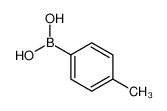





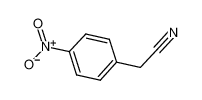










-
-

-
-
-

-
-
-
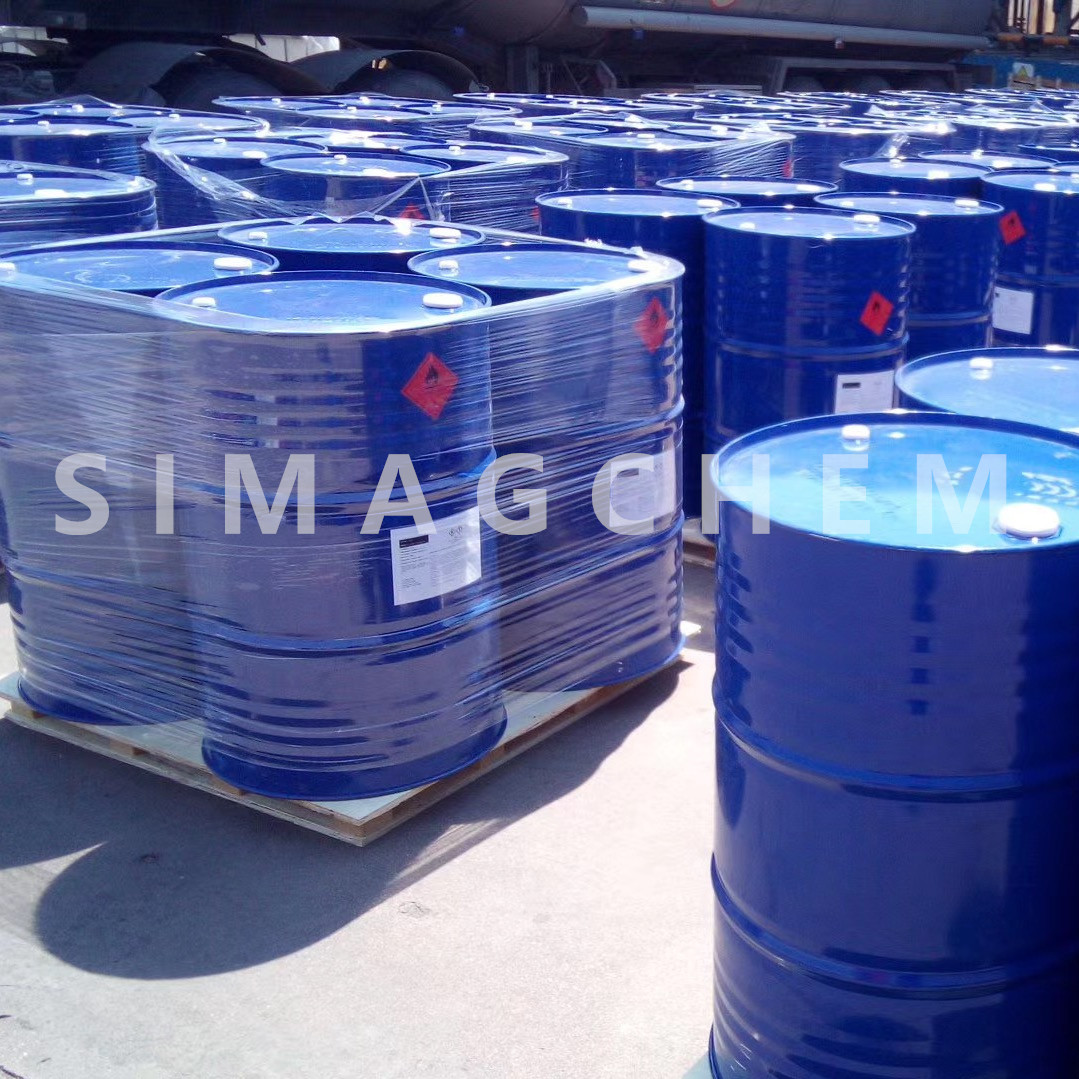
-
-
-

-
-
-

-
-
-

-
-
-
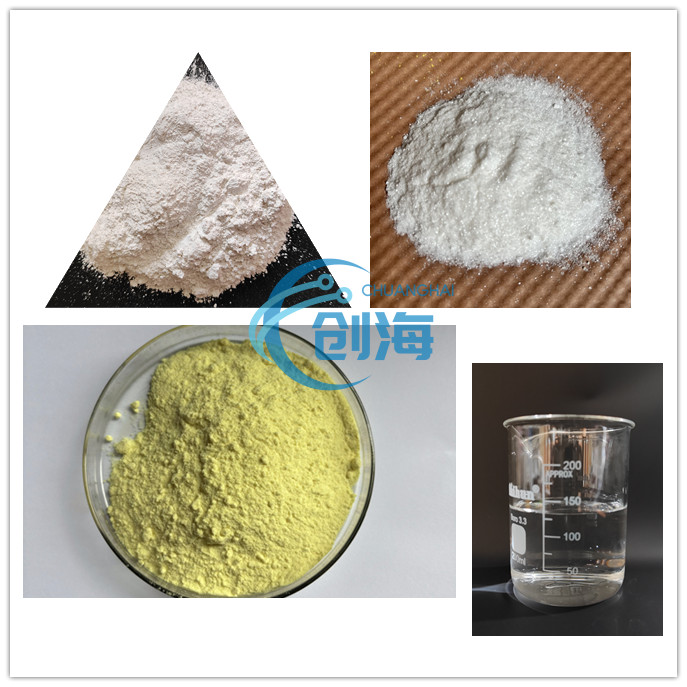
-
-
-
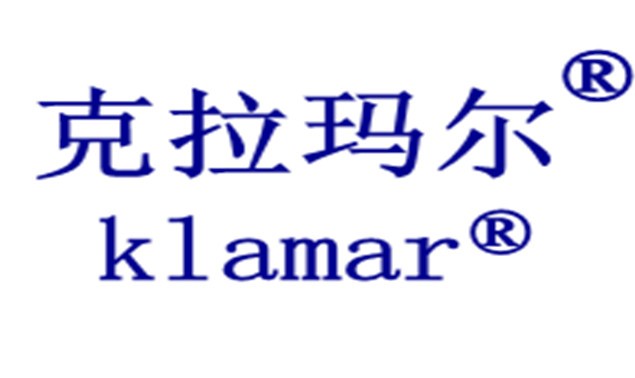
-
-
-

-
-
-

-
More Suppliers>>Wenzhou Win-Win Chemical Co., Ltd.
CHINA
Purity: 98%
Lead Time: 3 Day(s)
Price: -
Hangzhou J&H Chemical Co., Ltd.
CHINA
Purity: 98%
Lead Time: 7 Day(s)
Price: -
Xiamen Zhixin Chemical Co., Ltd.
CHINA
Purity: 99%
Lead Time: 3 Day(s)
Price: -
Skyrun Industrial Co., Limited
CHINA
Purity: 99%
Lead Time: 7 Day(s)
Price: -
Henan Coreychem Co.,Ltd
CHINA
Purity: 98%
Lead Time: 3 Day(s)
Price: -
Hangzhou DayangChem Co., Ltd
CHINA
Purity: 98%
Lead Time: 7 Day(s)
Price: -
CHINA
Purity: 99%
Lead Time: 1 Day(s)
Price: Min $1 /kg
Shanghai Ziming Reagent Factory
CHINA
Purity: 99%
Lead Time: 14 Day(s)
Price: Min $28 /kg
Chengdu Changzheng Glass Co.,Ltd.
CHINA
Purity: 96%
Lead Time: 7 Day(s)
Price: -
Shanghai Yusi Chemical Co., Ltd.
CHINA
Purity: 99%
Lead Time: 10 Day(s)
Price: Min $32.5 /g